You may know that my DH and I have an allotment.
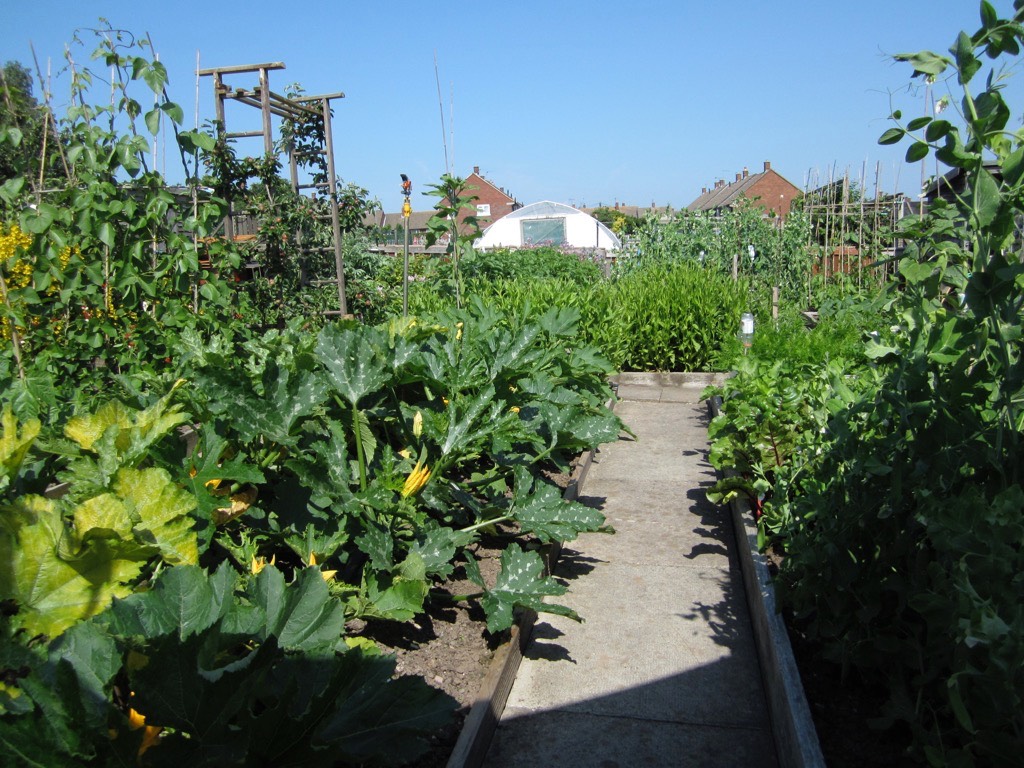
You may know that we grow all manner of fruits and vegetables.
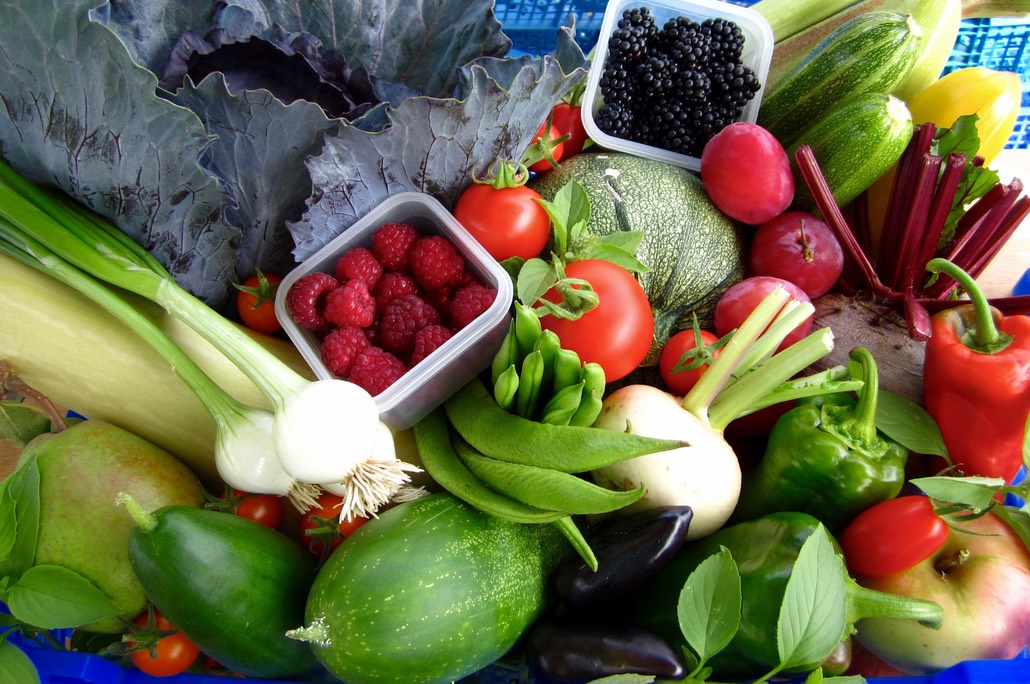
Did you know we also grow flowers?
We don’t grow many but we might start growing more now I’ve discovered the joys of natural dyeing with plants!
Since starting my MA I’ve experimented a little with dyeing using synthetics dyes, which have to be mixed wearing a mask, gloves and a disposable apron as the dyes are carcinogenic in their powder form. It just seems wrong to me! I want a dye I can mix up, use, and pour away on the garden afterwards with no ill effects along the way to myself or my environment.
So I’ve taken my first tentative steps and here are the results.
Using marigolds…
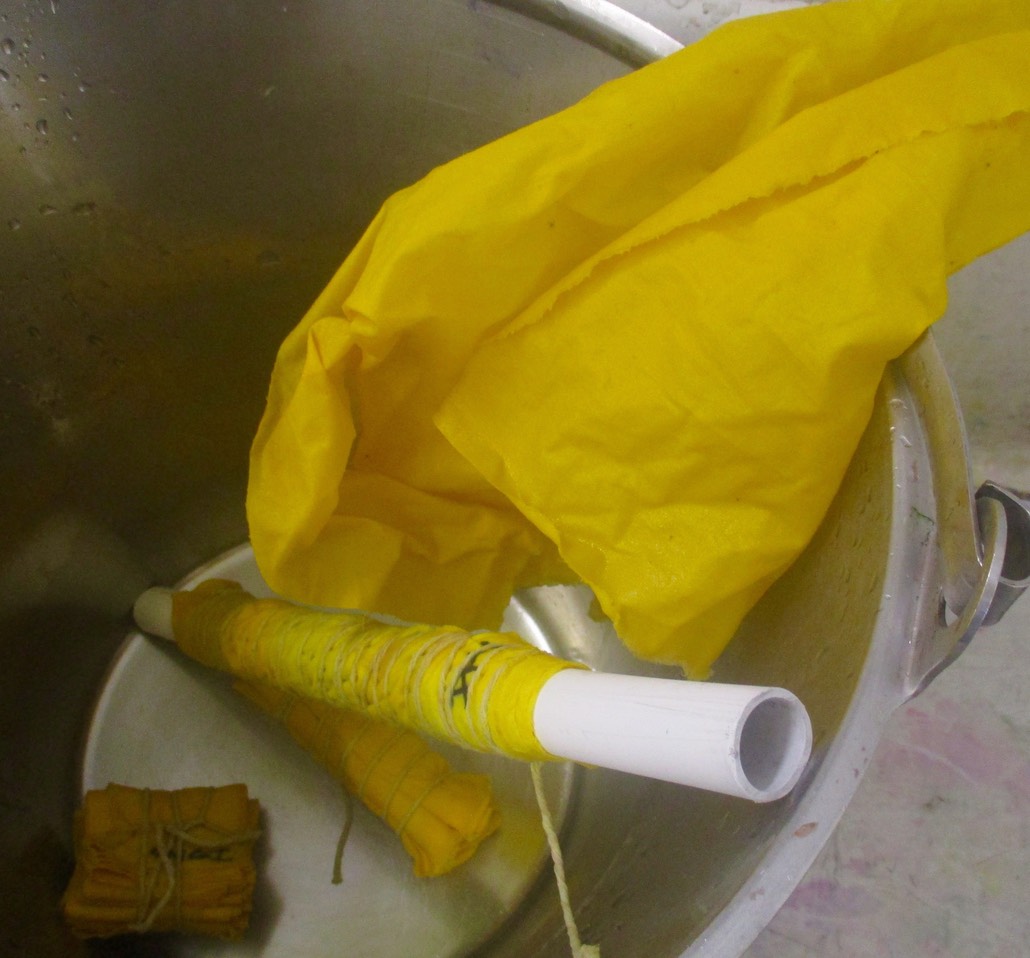
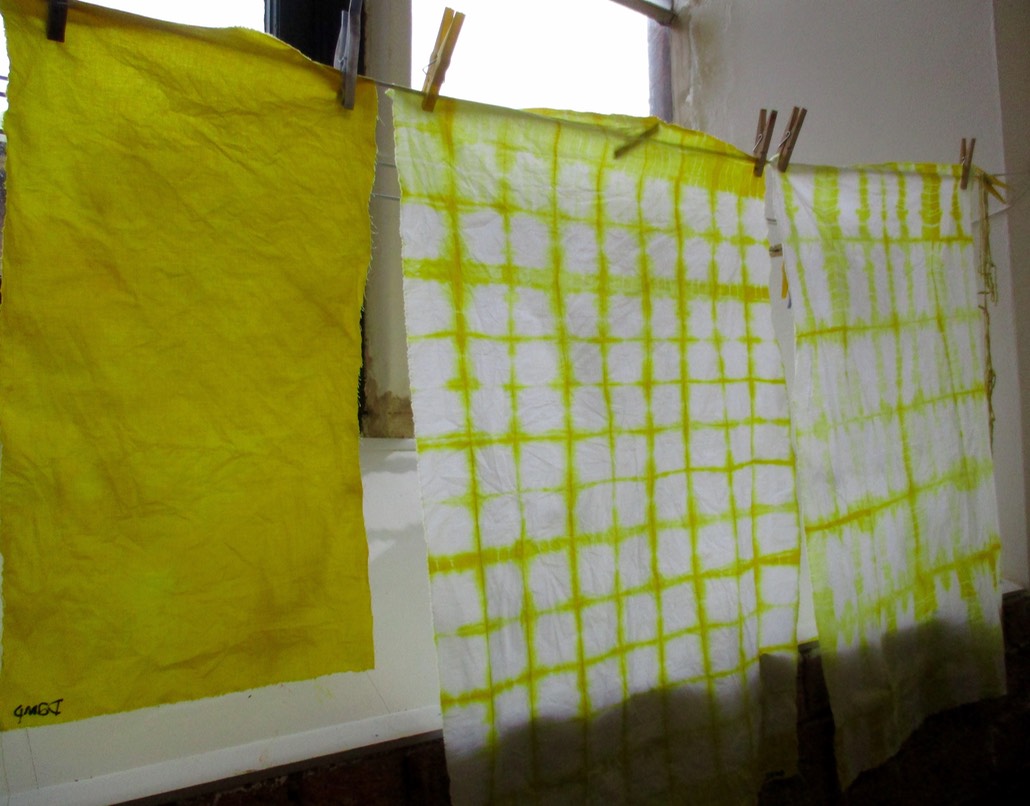
and Red cabbage leaves…
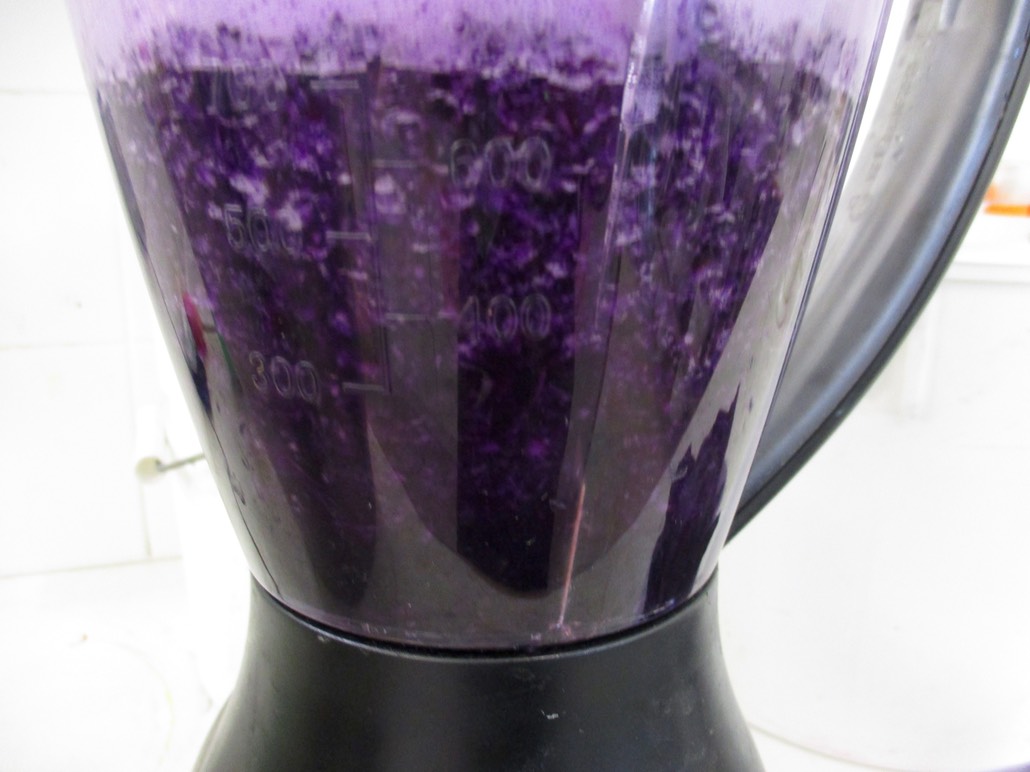

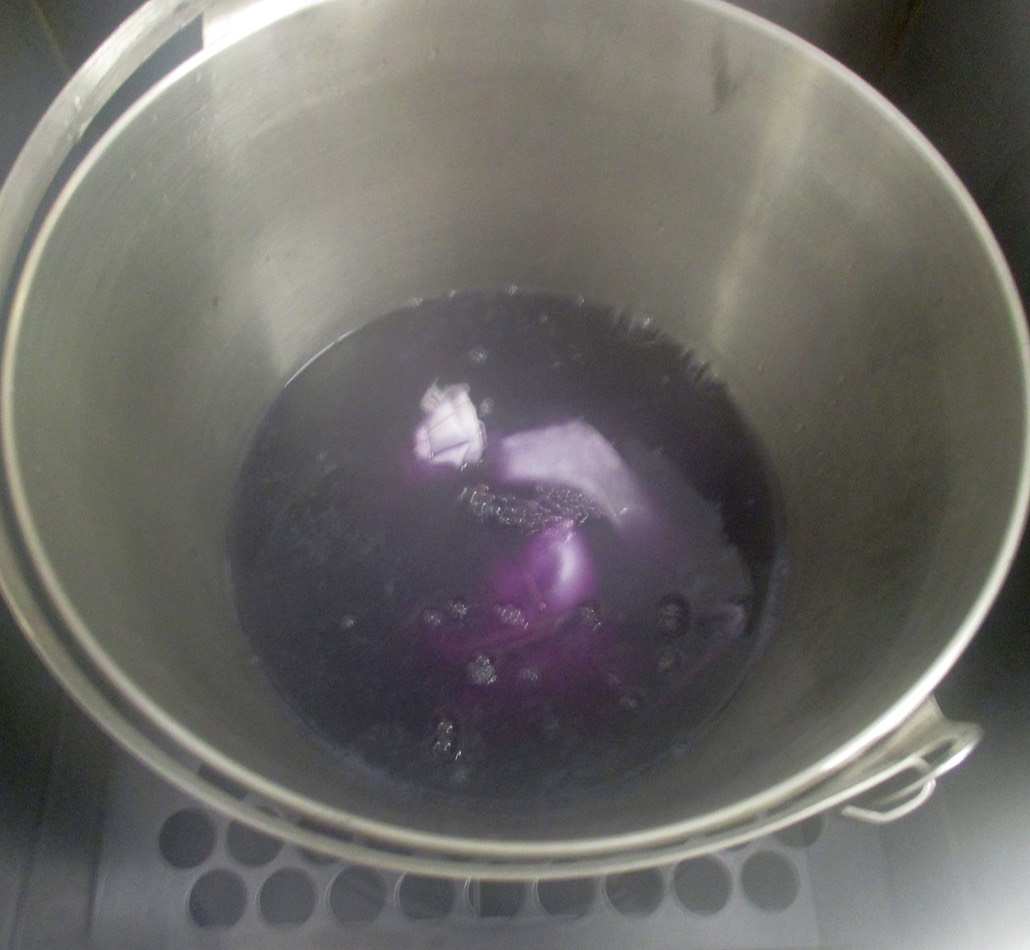
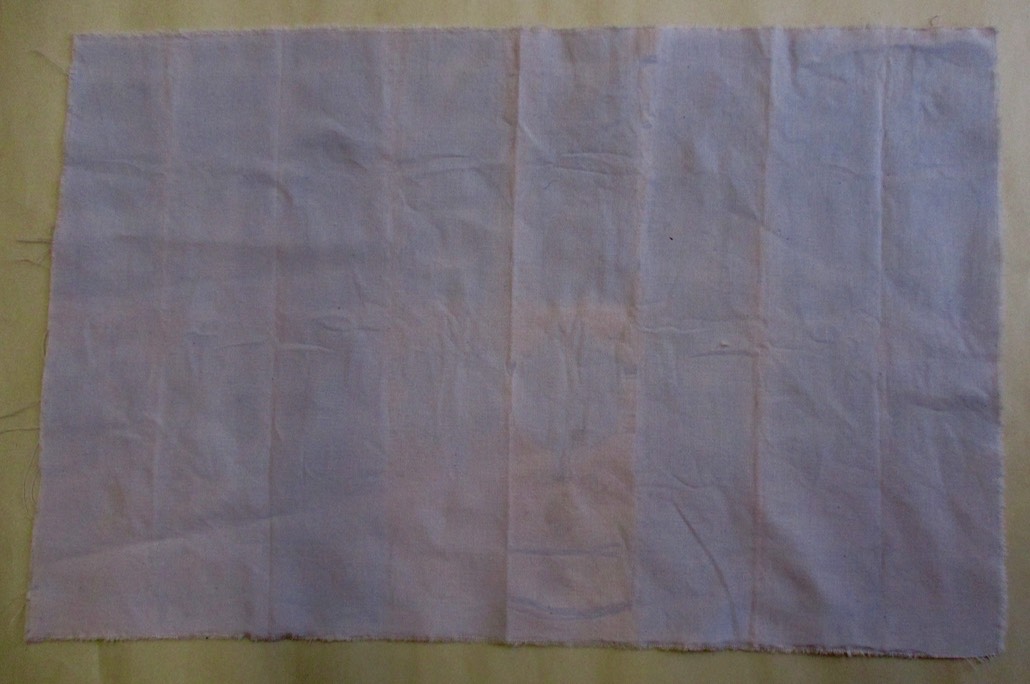
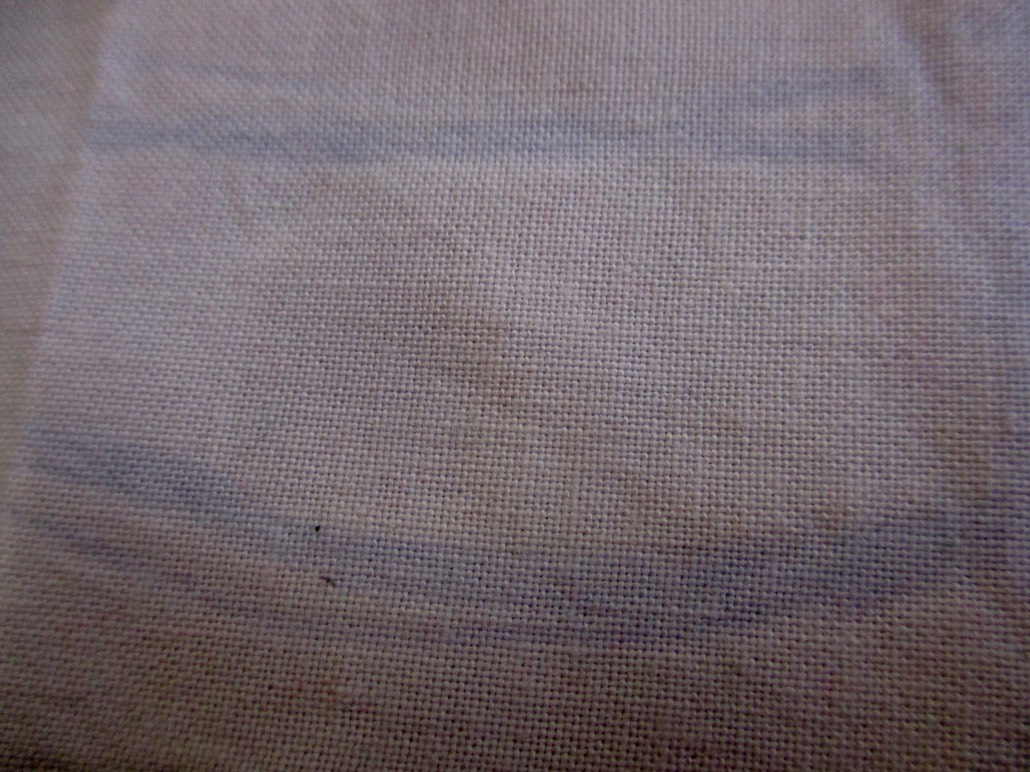
and a blend of the two.
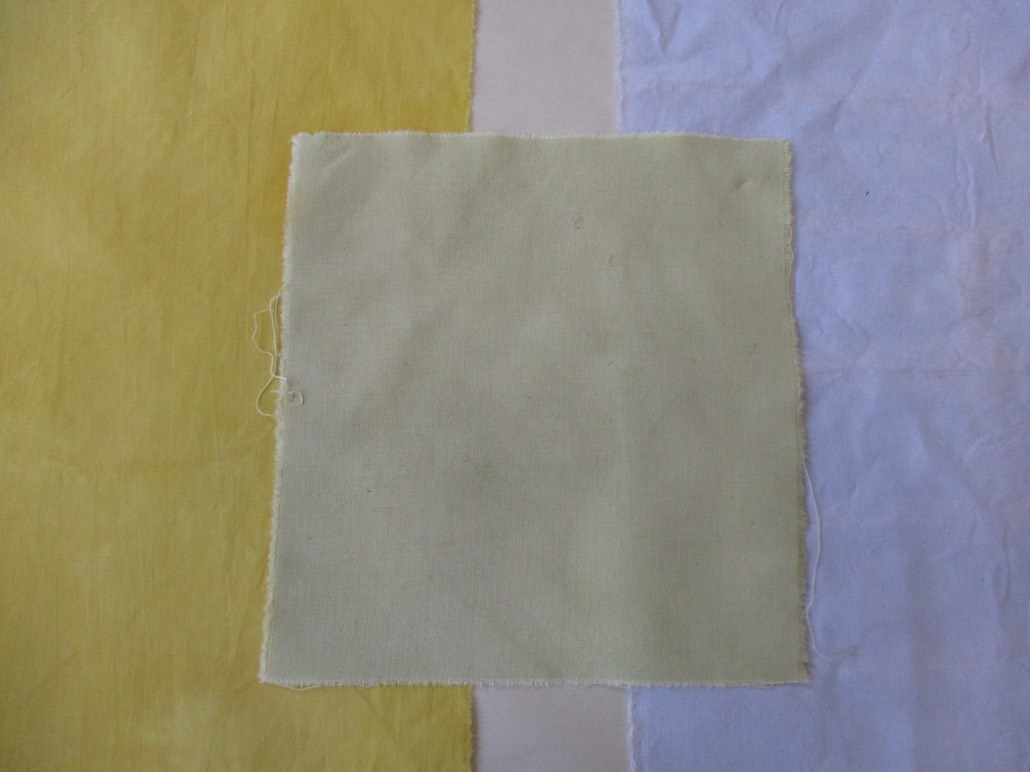

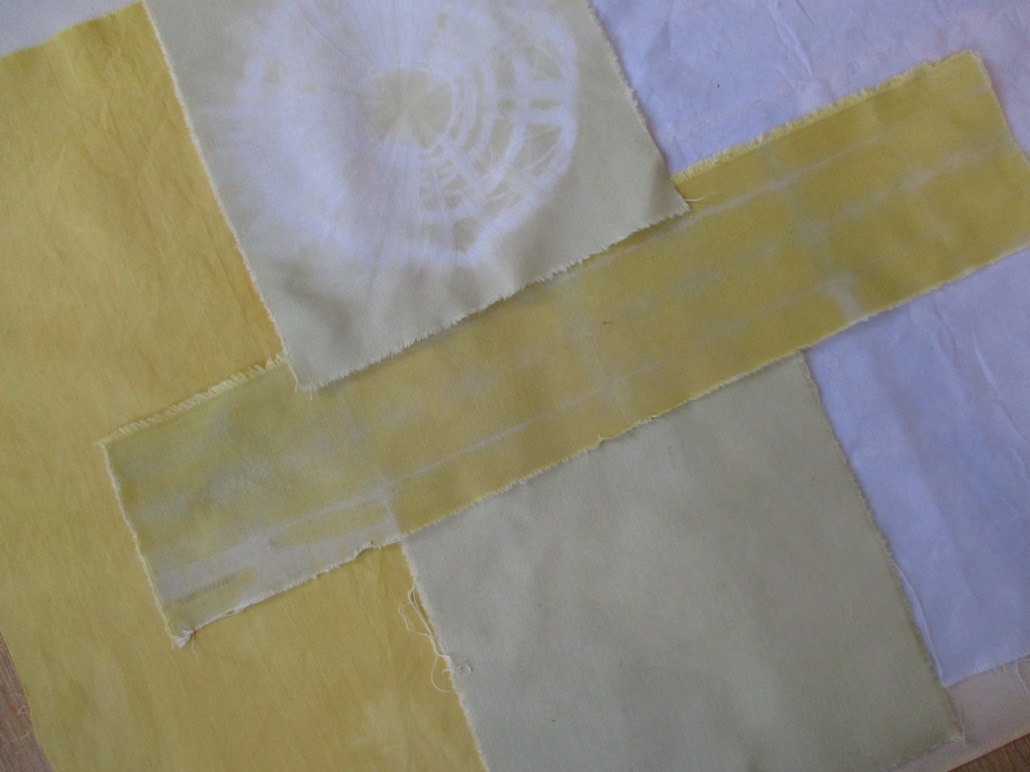
The patterns are made using the shibori technique of folding and tying, which I want to experiment more with.
The most successful was definitely the marigolds for strength of colour. This fits in more with my preferred palette of deep colours too. The red cabbage was vibrant in the pail but the colour drained from the linen fabric I used as I lifted it out. I like the green but I would have preferred more intensity.
It’s not the best time of year for experimenting with flowers! But I do have some avocado skins and pits in the freezer which apparently work well. We didn’t grow the avocados! And I want to try turmeric.
It’s worth pointing out that not all plants are harmless. If you want to try this yourself, please be aware that some are very poisonous. I’d recommend getting a good book on the subject to start you off. I’ve found Natural Dyes by Linda Rudkin very helpful.
The next post will be about beating nasurtiums into submission with a rubber mallet - a Japanese technique called hapa zome!
xxxxxxxxxxxxxxxxxxxxxxxxxxxxxxxxxxxxxxxxxxxxxxxxxxxxxxxxxxxxxxxxxxxxxxxx
